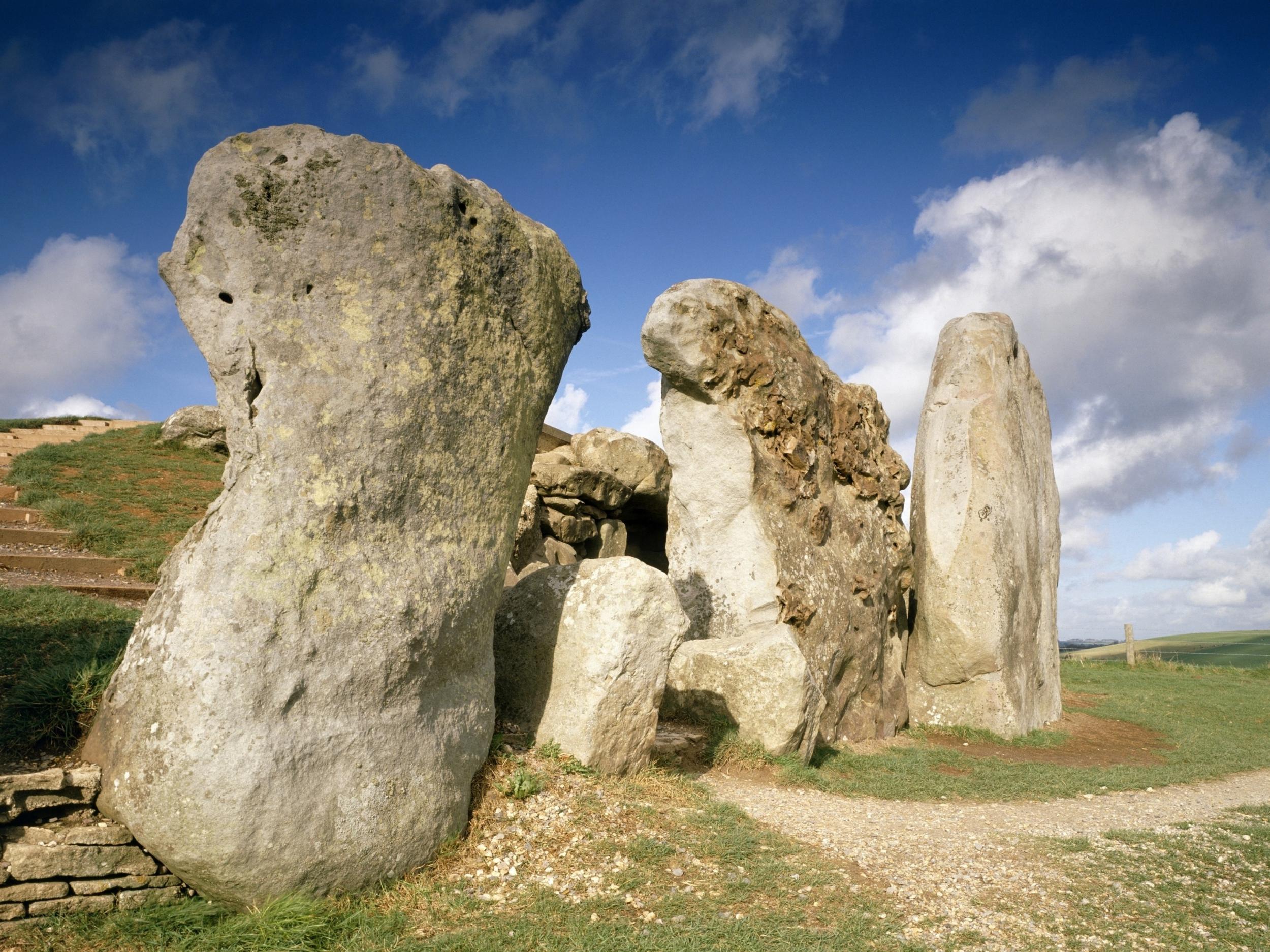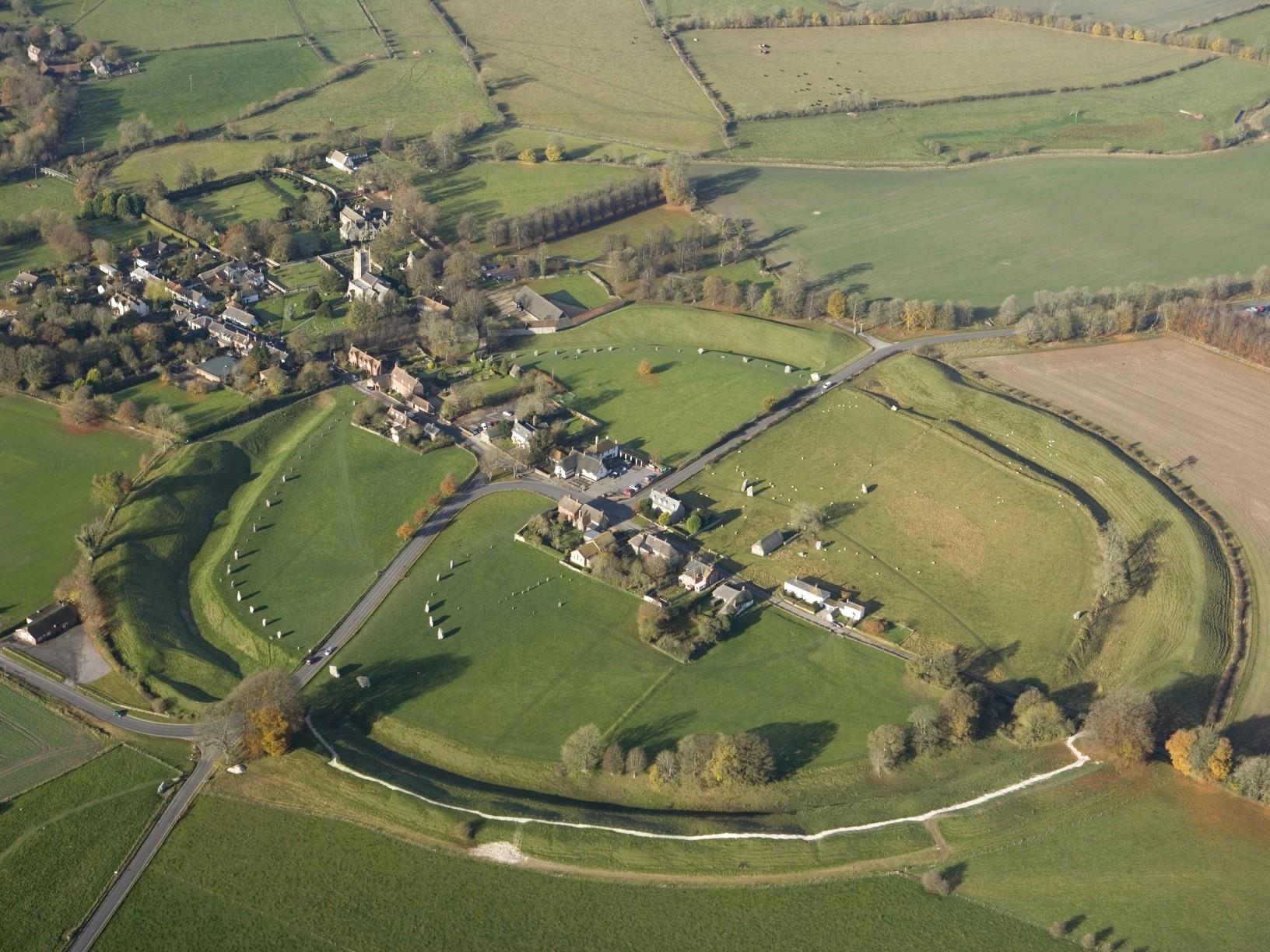Neolithic Britons travelled across country for regular mass national feasts 4,500 years ago, new research claims
Findings suggest prehistoric tribes may have established cultural and political bonds – and an early national identity – long before previously believed

Your support helps us to tell the story
From reproductive rights to climate change to Big Tech, The Independent is on the ground when the story is developing. Whether it's investigating the financials of Elon Musk's pro-Trump PAC or producing our latest documentary, 'The A Word', which shines a light on the American women fighting for reproductive rights, we know how important it is to parse out the facts from the messaging.
At such a critical moment in US history, we need reporters on the ground. Your donation allows us to keep sending journalists to speak to both sides of the story.
The Independent is trusted by Americans across the entire political spectrum. And unlike many other quality news outlets, we choose not to lock Americans out of our reporting and analysis with paywalls. We believe quality journalism should be available to everyone, paid for by those who can afford it.
Your support makes all the difference.New scientific discoveries are set to dramatically transform our understanding of prehistoric Britain.
A study of Stonehenge-era archaeological material from large-scale ceremonial feasts is revealing that neolithic Britain was, in key respects, much more interconnected and unified than previously thought.
The evidence reveals that people from virtually every part of the country came together to participate in major, almost certainly politico-religious, ceremonies.
Some participants travelled hundreds of miles from Scotland, northeast England, the midlands and Wales to significant ritual locations in what are now Wiltshire and Dorset.
The evidence comes from isotopic chemical signatures within the bones and teeth of livestock brought to the feasts by the participants some 4,500 years ago.
A detailed scientific analysis of 131 pigs found at four key feasting sites in Wiltshire and Dorset, published on Wednesday, reveals that the vast majority of the pigs eaten at the feasts had been brought there from up to hundreds of miles away. Depending on the specific feasting site, only 22 per cent came from the local region, classed as Wiltshire, Dorset, Hampshire, Sussex and Kent.
The main meat consumed at these ceremonies was pork – and the new evidence, therefore, demonstrates that participants were expected to contribute pigs from their different home areas around the country.
The conclusion is that Stonehenge-era Britons had some sort of “national” intercommunal or pan-tribal identity, as well as presumably their local tribal or clan ones. In that sense, the megafeasts may well have represented the birth of Britain as a cultural or even geopolitical or ideological concept. However, what is not known is whether any such potential concept continued through time – or was, more likely, merely transitory.
Most of the isotopic and faunal research on the 131 prehistoric pigs, funded by the British Academy and the Natural Environment Research Council and published in the US-based publication Science Advances, has been carried out by Dr Richard Madgwick of Cardiff University; Dr Angela Lamb and Professor Jane Evans, both from the British Geological Survey; and Professor Umberto Albarella of the University of Sheffield.
“Our isotopic analysis of the pigs’ teeth and bones has revealed the unexpectedly large scale of geographical interconnectedness in late neolithic Britain,” said lead author Dr Madgwick. “It strongly suggests that key people were not merely functioning politically, ideologically or ceremonially at a local or regional level, but were also playing roles on a much broader country-wide canvas.
“These gatherings could be seen as the first united cultural events of our island, with people from all corners of Britain descending on the areas around Stonehenge to feast on food that had been specially reared and transported from their homes.”
The feasts were held at ritual sites such as Durrington Walls (near Stonehenge), Avebury, Marden (near Devizes) – all in Wiltshire – and Dorchester in Dorset, all of which were of great religious and political importance.

It, therefore, strongly suggests that religious or political elites wanted and were able to gather together at a “national” rather than purely local communal or tribal level.
Given the religious and ritual nature of the venues, it is conceivable that at least some of the participants had societal roles that were “national” in nature – similar perhaps to the pan-tribal Druid religious elite in Iron Age Britain 2,000 years later.
The emergence of some sort of country-wide identity now appears to have been part of a package of new cultural and political developments that occurred at around the time the great stone circles of Stonehenge and Avebury were built.
These parallel developments included truly monumental architecture with some ceremonial centres 30 times the size of Stonehenge; a new pottery style; ceremonial feasting on a vast scale; and a partial change from beef to pork consumption.
Across Britain, scores of new ceremonial centres were built – for rituals and probably also for feasting. Certainly in southern Britain, these new monuments and their ritual feasting function appear to have driven up demand for meat.
Because pigs breed and grow much faster than cattle, they are capable of rapidly producing substantially greater quantities of edible biomass. As such, it is likely that the creation of huge monuments such as Stonehenge and Avebury and other “henges” across the country changed eating traditions and thus also the agricultural economy.
However, the discovery that pigs were being brought from all over Britain to be eaten at vast intercommunal national ceremonies in southern England raises additional questions – especially regarding how the animals were transported over such distances.
The archaeological evidence suggests that they were brought to the megafeasts while still alive.
Herding pigs for long distances is a difficult, if not impossible, task – and the animals would certainly have been thin (and not ideal for feasting on), if they had been forced to walk hundreds of miles.
It is more likely, therefore, that the pigs were either carried on litters, as most were under a year old, or transported along rivers, or coastally, by boat.
In some civilisations in other parts of the world, animals, especially those earmarked for sacrifice during ceremonial feasts, were regarded as ritually important or even sacred, and it is conceivable that the pigs brought from all over Britain for these pan-tribal ceremonies were treated with great care and respect prior to slaughter.
Join our commenting forum
Join thought-provoking conversations, follow other Independent readers and see their replies
Comments